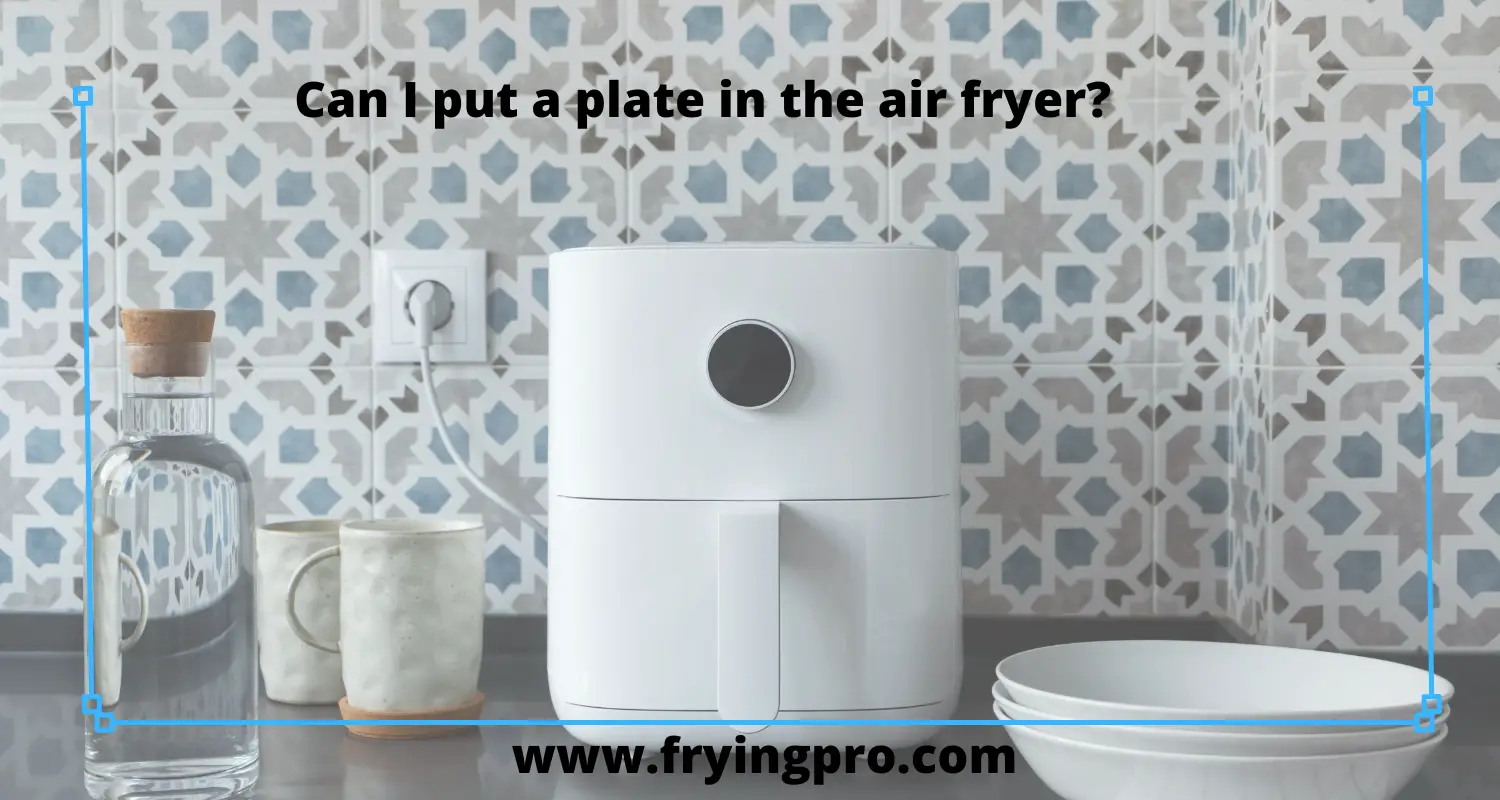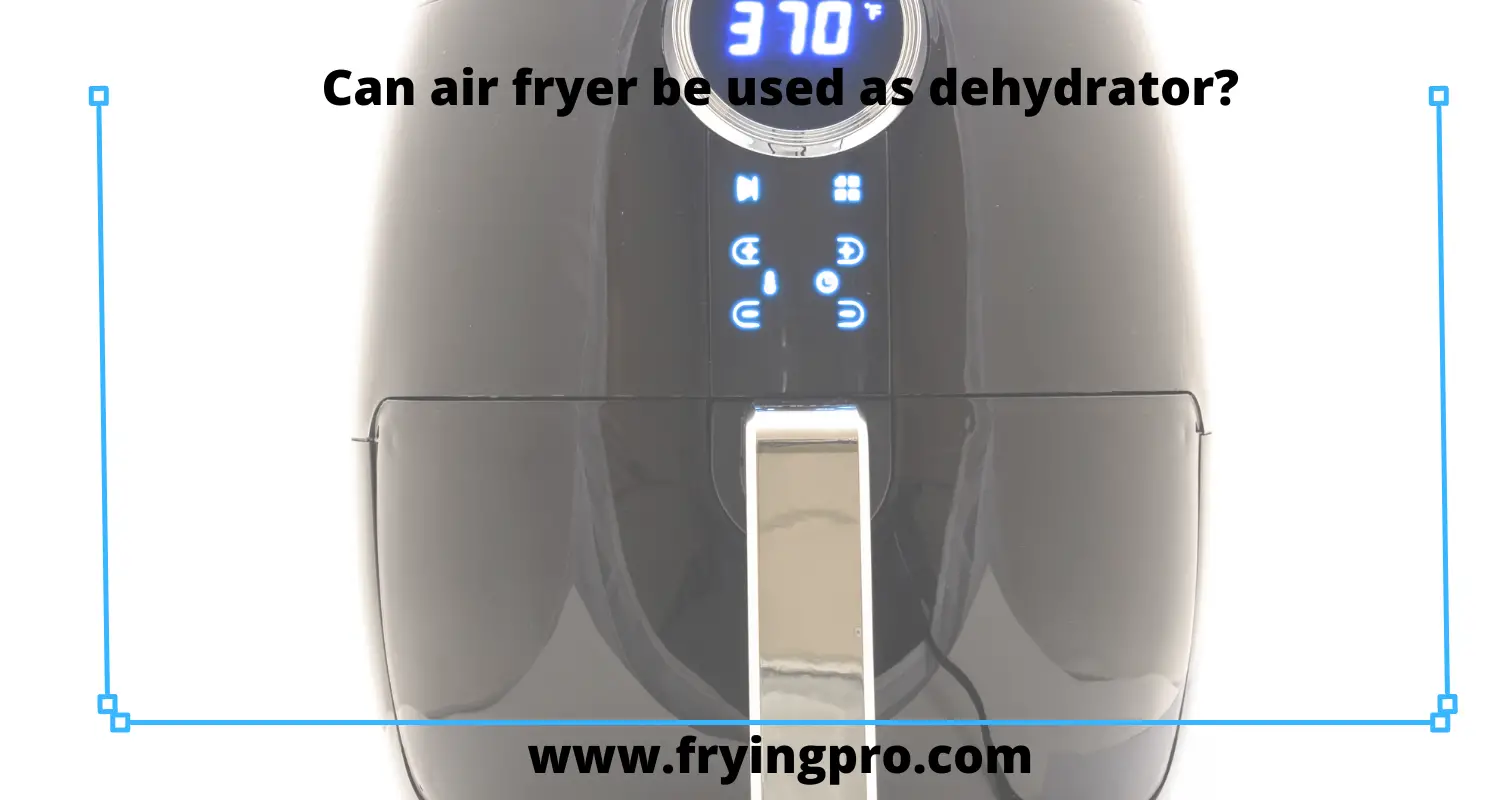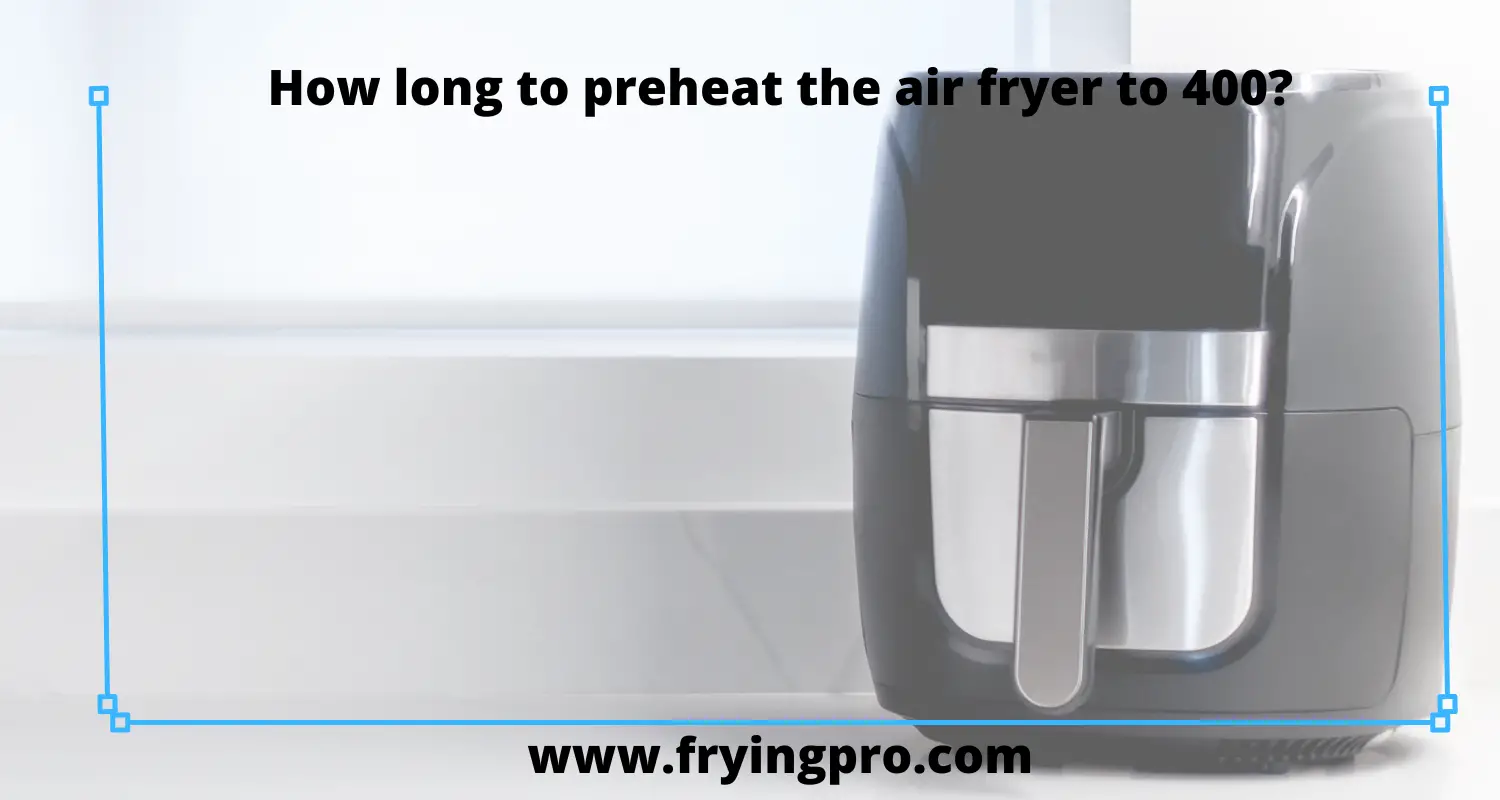Have you ever wondered about the safety of deep frying? If you’re like most people, you probably don’t think twice about it. But what if I told you there is a potential for cross-contamination when deep frying? Would you be interested in learning more?
This blog post will take a closer look at deep frying and cross-contamination. We’ll also learn some tips to help prevent cross-contamination in your kitchen.
How serious and frequent is deep frying cross contamination?
Deep frying cross contamination usually occurs due to a lack of dedicated equipment and shared cooking oil. A common example of cross contamination is deep frying French fries in shared oil with fish. Over 50,000 cases of food-induced allergies, most of which are due to cross-contamination, are reported in the United States.
| Bacteria | Source | Lethality |
| Salmonella | Raw chicken | No |
| Clostridium perfringens | Raw meat | No |
| Campylobacter | Untreated water | Yes |
| Staphylococcus aureus | Contaminated hands | Yes |
| E. coli | Raw meat | No |
| Listeria monocytogenes | Raw vegetable | Yes |
Also read: Why does my deep fryer overflow?
The table above shows the bacteria that may spoil your food due to deep frying contamination. Not all these bacteria are seriously harmful to your health, but some are. Moreover, people’s sensitivity to the effect of different bacteria also varies.
Deep frying contamination has been reported worldwide, especially in restaurants and other commercial areas.
Cross-contamination during deep frying can occur when there is a lack of dedicated equipment and shared cooking oil. This can happen when different types of food are fried in the same oil or when the same oil is used for multiple batches of frying.
Cross-contamination can also occur if the cooking oil is not properly filtered or changed frequently enough.
What is the general guideline for deep frying foods?
When frying foods, the general guideline is to use oil at least 1.5 inches (3.8 cm) deep in the fryer. This will ensure that the food is fully immersed in the oil and cooks evenly.
The oil should also be heated to the proper temperature before adding the food.
For most foods, this should be between 350 and 375 degrees Fahrenheit (177 and 191 degrees Celsius).
Also read: Can an air fryer cause carbon monoxide?
What safety precautions need to be taken if you are deep frying chips?
If you are planning on deep frying chips, there are some important safety precautions that you need to take.
First, you will need to choose the right oil for frying. Many different oils can be used for frying, but not all have a high smoke point. This means they can start to smoke and break down at lower temperatures, releasing harmful chemicals into the air. Some good oils for deep frying have a high smoke point, such as peanut oil or vegetable oil.
Another safety precaution when deep frying is ensuring the oil is not too hot. If the oil is too hot, it can cause the chips to cook too quickly on the outside while remaining raw on the inside. This can lead to them burning and becoming hard to eat.
To avoid cross-contamination during the deep frying of chips, the oil should be drained and cooked in a separate pan. The oil should then be allowed to cool before it is reused.
Can bacteria survive frying?
Bacteria are among the hardest organisms on the planet. They can withstand extreme heat, cold, and pressure. So it’s no surprise that some bacteria can survive being fried.
Bacteria have a cell wall that protects them from high temperatures. The cell wall is made of a substance called peptidoglycan. Peptidoglycan is a polymer of sugars and amino acids. It’s very strong and helps the bacterium to withstand high temperatures.
Some bacteria also have a protective coating called an S-layer. The S-layer is made of proteins and helps to protect the bacterium from being dried out or damaged by heat.
So, while bacteria can survive frying, they’re not likely to thrive in those conditions. Most bacteria will be killed by frying, but a few hardy strains may survive.
Can salmonella be killed in deep frying?
Yes, salmonella can be killed through deep frying. The process of deep frying involves submerging food in hot oil, typically between 350-375 degrees Fahrenheit. At these temperatures, the bacteria are quickly destroyed. Studies have shown that salmonella is killed within seconds at 350 degrees Fahrenheit (1).
While deep frying effectively kills bacteria, it’s important to note that the food must be cooked through. If only the outside of the food is fried, the bacteria may not be destroyed. This is why it’s important to follow proper cooking instructions when deep frying foods.
Conclusion
When it comes to deep frying, there are some things you should know to avoid cross contamination. First, ensure that your oil is at the correct temperature before adding any food. If the oil is too hot, it can cause the food to splatter and contaminate other surfaces.
Secondly, use clean utensils when removing the food from the fryer. Any residue left on the utensil can transfer bacteria to the food.
Finally, always let the food cool down before serving it. This will help prevent any burns or cross-contamination.
References
https://www.fsis.usda.gov/shared/PDF/Salmonella_and_Food_Safety_Fact_Sheet.






